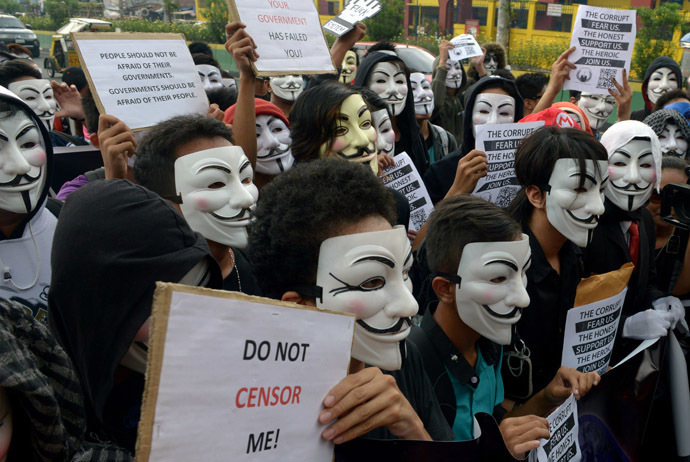Over the semester our ASTU class has studied many life narratives, including blogs as a form of online narrative. Another type of blog that interests me that we have not talked about is the videolog, or vlog. Youtube has allowed many “vloggers” to post videos about their daily lives and (sometimes) attract a huge viewership. There are also many sub-genres of vlogging, such as video game vlogs and makeup vlogs. Overall the vlog is another way to write a life narrative, except it is in video form instead of written form.
One of the most popular early vloggers is Shane Dawson of ShaneDawsonTV, who has amassed 5.2 million subscribers since his start in March 2008, continue to share parts of their daily lives with their audiences. His 254 videos have a combined total of almost 1 billion views.
One of the most famous video bloggers today is Jenna Mourey, more commonly known as Jenna Marbles, who makes weekly videos about all sorts of different topics. Many of these videos are simply about things that have happened in her life that she wants to share, and she also has a “What Guys and Girls Do” series. Since starting her YouTube channel in February 2010, Jenna Marbles has reached 11.4 million subscribers and has a combined total of almost 1.3 billion views on her videos. She has “more Facebook fans than Jennifer Lawrence, more Twitter followers than Fox News and more Instagram friends than Oprah.”
These sheer numbers give attention to a vlogger, and as they gain a following it becomes easier for them to make these videos because they become partners with YouTube and get money for the views they get. To become a partner with YouTube, one must have at least 1,000 subscribers, at least 1,000 views on each of their videos, and at least 10,000 page views. The more views they get, the more money they get with which they are able to buy new camera equipment, take trips to YouTube conventions such as Playlist Live, and, in the case of Jack and Finn Harries (and many other YouTubers), rent out an office space from which to run their vlogging business. As one of the newest up-and-coming YouTubers, JacksGap has over 3 million subscribers after having been on YouTube for only two years.
What I find interesting about the YouTube vlogging community is that, with enough recognition, one is able to make a life out of it. The Harries twins, for example, have taken multiple trips to different parts of the world and then vlog about them. Jenna Marbles began making her videos in her $800/mo apartment and now lives in a $1.1 million dollar rented townhouse. What begins for some vloggers as a way to share parts of their lives or simply as a hobby essentially becomes a lifestyle. One day when it is all over they will be able to look back at their YouTube videos and see a part of their lives. Vloggers are essentially creating a narrative on their lives in that moment, yet the videos they make are permanent. By putting their narrative on the YouTube, they allow their audience into their lives in the same way a blogger does by posting a new blog or a writer does by publishing his autobiography.





